soufiej
No longer a newbie, moving up!
- Joined
- Jan 3, 2015
- Messages
- 714
- Reaction score
- 113
- Can others edit my Photos
- Photos NOT OK to edit
Thanks for your input. I won't argue with your more experienced opinion but only add what has been my experience shopping for a new camera. First, I would say the complexities in controls depend somewhat on the price range. As you may know, I'm trying to get away from carrying my DSLR and all the things that go along with it. Lightweight, portability and, yes, lower price are my objectives with this purchase.
This is putting me mostly in a range of equipment where lenses are not interchangeable and that means the camera's controls also determine how the single, fixed lens operates. With Canon there are controls typically labelled; menu, display, function, plus a control dial and directional arrows. Those are the main controls on the back of the camera. Of course, ISO, zoom, manual focus, exposure compensation, etc are duplicates of several of these controls or are performed by a various combinations of these controls AND the menu settings. And specific functions are done with one control in one situation/setting but another control in another. Or can be performed with several controls depending on where your thumb sits. That's how I read the owners manuals. Possibly I'm wrong since I have yet to get a real camera in my hands.
IMO the manufacturers have built this range of all in one cameras to be as foolproof as possible by adding as many features as possible to appeal to as many potential buyers as possible. From my background in audio, this is similar to what is being done with mass market consumer AV receivers which are sold by way of features and buttons, knobs and remotes and back panel connections, but not audio performance. Where more upscale audio separates; pre amp, power amp, digital transport, DAC, etc will provide significantly higher levels of performance but are quite sparse when it comes to "features". Asking around at several shops and discussing this with the camera owners I know, there is not photographic equivalent to, say, a NAD, Cambridge Audio, Rega line of cameras where the design goal is best performance for the dollar not most features for the dollar. (Since birding and nature shots are a large portion of what I will be shooting, the Canon SX50 is the camera I keep coming back to. It seems to be the acknowledged "go to" camera in this sector.)
Within the limitations of "point and shoots" I've seen some very nice photos being posted on line - within the limitations of this category of camera. So ultimate image quality is not my issue at this time, that's where I think I will end up with a purchase. By building product to be used by a broad range of buyers the manufacturers seem to fill up the system with features which will seldom if ever be used by many owners. I think most of the controls on any of my potential purchases can be ignored or set to default and basically forgotten for the vast majority of my uses. However, I do find the variables of how to make changes within these systems to be redundant or spread over several controls which depend on where other controls have been set or choices made. Again, this isn't so much of a problem with the mid-market DSLR's I might look at but in the fixed lens cameras it seems to be the norm rather than the exception.
Somewhat the same situation exists when it comes to the use of histograms. The smaller sensors in these cameras present certain limitations to the user when it comes to exposure settings. With limited aperture control the lens is limited in its ability to gather light. Combine the lens and sensor limitations and the user must decide how to work around those systems. Auto-focus and metering are, depending on the other settings, either limited or exceptionally broad - depending on where you've set other controls. How you use these controls is dependent upon the general MODE in which you set the camera - of course. I get that using manual control is the ideal but manual control is at times limited to what other controls you've employed which on a DSLR would be taken care of by the lens but now must be controlled by the camera's overall controls. Therefore, bracketing is often times recommended to make the camera more "foolproof". I don't necessarily see the problem with bracketing nor do I view it as a crutch. Certainly no more than what I read of the HDR technique of combining multiple images in post production.
I appreciate the link to the tutorial on histograms since it's been a while since I used them. To those who use their cameras everyday for a living, I think they are common sense, practical aids. There is, though, a learning curve that makes them ... "mysterious" to many.
I would appreciate any comments you might have. While not exactly a beginner in this hobby, it's been several years since I've looked at new equipment and for this purchase a DSLR with its flexibility just isn't what I need.
This is putting me mostly in a range of equipment where lenses are not interchangeable and that means the camera's controls also determine how the single, fixed lens operates. With Canon there are controls typically labelled; menu, display, function, plus a control dial and directional arrows. Those are the main controls on the back of the camera. Of course, ISO, zoom, manual focus, exposure compensation, etc are duplicates of several of these controls or are performed by a various combinations of these controls AND the menu settings. And specific functions are done with one control in one situation/setting but another control in another. Or can be performed with several controls depending on where your thumb sits. That's how I read the owners manuals. Possibly I'm wrong since I have yet to get a real camera in my hands.
IMO the manufacturers have built this range of all in one cameras to be as foolproof as possible by adding as many features as possible to appeal to as many potential buyers as possible. From my background in audio, this is similar to what is being done with mass market consumer AV receivers which are sold by way of features and buttons, knobs and remotes and back panel connections, but not audio performance. Where more upscale audio separates; pre amp, power amp, digital transport, DAC, etc will provide significantly higher levels of performance but are quite sparse when it comes to "features". Asking around at several shops and discussing this with the camera owners I know, there is not photographic equivalent to, say, a NAD, Cambridge Audio, Rega line of cameras where the design goal is best performance for the dollar not most features for the dollar. (Since birding and nature shots are a large portion of what I will be shooting, the Canon SX50 is the camera I keep coming back to. It seems to be the acknowledged "go to" camera in this sector.)
Within the limitations of "point and shoots" I've seen some very nice photos being posted on line - within the limitations of this category of camera. So ultimate image quality is not my issue at this time, that's where I think I will end up with a purchase. By building product to be used by a broad range of buyers the manufacturers seem to fill up the system with features which will seldom if ever be used by many owners. I think most of the controls on any of my potential purchases can be ignored or set to default and basically forgotten for the vast majority of my uses. However, I do find the variables of how to make changes within these systems to be redundant or spread over several controls which depend on where other controls have been set or choices made. Again, this isn't so much of a problem with the mid-market DSLR's I might look at but in the fixed lens cameras it seems to be the norm rather than the exception.
Somewhat the same situation exists when it comes to the use of histograms. The smaller sensors in these cameras present certain limitations to the user when it comes to exposure settings. With limited aperture control the lens is limited in its ability to gather light. Combine the lens and sensor limitations and the user must decide how to work around those systems. Auto-focus and metering are, depending on the other settings, either limited or exceptionally broad - depending on where you've set other controls. How you use these controls is dependent upon the general MODE in which you set the camera - of course. I get that using manual control is the ideal but manual control is at times limited to what other controls you've employed which on a DSLR would be taken care of by the lens but now must be controlled by the camera's overall controls. Therefore, bracketing is often times recommended to make the camera more "foolproof". I don't necessarily see the problem with bracketing nor do I view it as a crutch. Certainly no more than what I read of the HDR technique of combining multiple images in post production.
I appreciate the link to the tutorial on histograms since it's been a while since I used them. To those who use their cameras everyday for a living, I think they are common sense, practical aids. There is, though, a learning curve that makes them ... "mysterious" to many.
I would appreciate any comments you might have. While not exactly a beginner in this hobby, it's been several years since I've looked at new equipment and for this purchase a DSLR with its flexibility just isn't what I need.


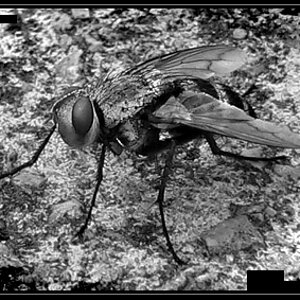
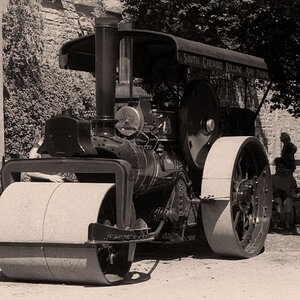

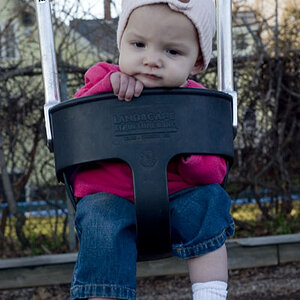
![[No title]](/data/xfmg/thumbnail/37/37522-f67b10bc5ee534f9bc21ee94917445b9.jpg?1619738129)
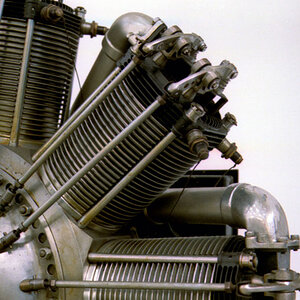

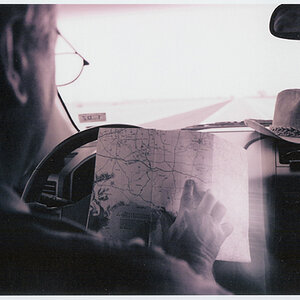
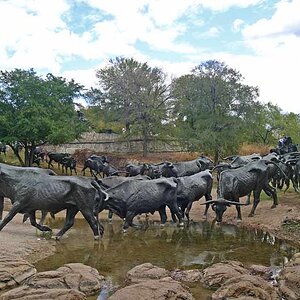
![[No title]](/data/xfmg/thumbnail/42/42276-99df5da06c3e5dc83ae4bab11e935910.jpg?1619740085)
![[No title]](/data/xfmg/thumbnail/37/37524-6c51828efbc2361f9cfed53f63f28aa2.jpg?1619738130)
![[No title]](/data/xfmg/thumbnail/37/37525-e6d8ac7dbf90f97648e351449fc9330f.jpg?1619738130)